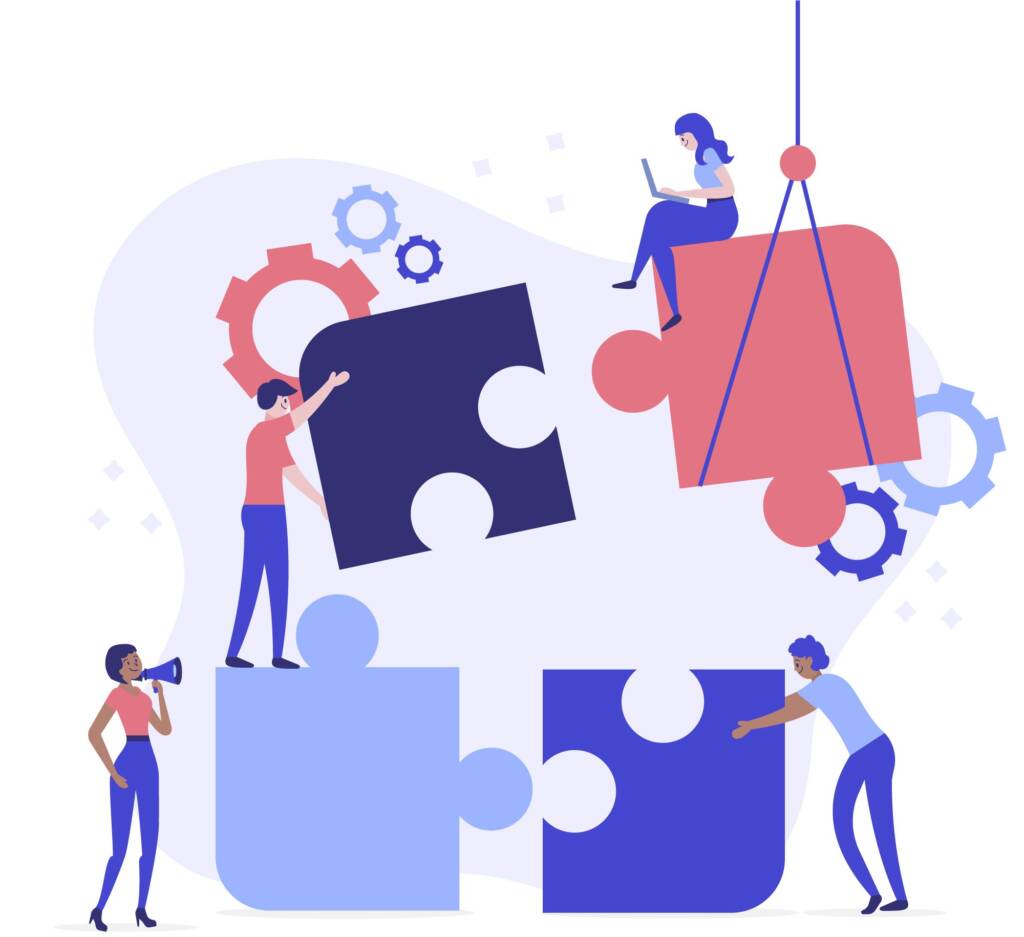Our team works hand-in-hand with yours, maintaining transparency and adapting to feedback. We build in iterative cycles, ensuring every feature delivers real value

Our development approach is built on the foundation of true collaboration rather than traditional client-vendor relationships. We begin each project by establishing clear communication channels and protocols that keep you actively involved throughout the development process. This isn’t just about sending status updates; it’s about creating a partnership where your insights and feedback directly shape the solution as it evolves.
We organize development into carefully planned sprints that prioritize features based on their business impact and user value rather than technical convenience. Each sprint begins with collaborative planning sessions where we work together to define specific goals, success criteria, and deliverables. We break down complex features into smaller, testable components that can be demonstrated and validated quickly, allowing for rapid iteration and course correction when needed.
Throughout development, we maintain continuous client involvement through regular review sessions, working prototypes, and shared development environments where you can see progress in real-time. We don’t wait until features are “complete” to show them to you; instead, we share working versions early and often, gathering feedback that helps us refine and improve the solution as we build it.
Our iterative prototyping approach allows you to experience functionality before full development is complete. We create interactive prototypes that simulate the user experience, enabling you to test workflows, identify potential issues, and suggest improvements while changes are still easy to implement. This approach significantly reduces the risk of building something that doesn’t quite meet your needs.
Quality assurance is integrated throughout our development process rather than relegated to a final testing phase. Every piece of code undergoes thorough review by multiple team members, ensuring adherence to best practices, maintainability standards, and alignment with the overall system architecture. We use automated testing tools and continuous integration practices to catch issues early and maintain code quality throughout the development lifecycle.
Regular demo sessions provide opportunities to showcase completed features in realistic scenarios. These sessions go beyond simple feature demonstrations to show how new capabilities integrate with existing workflows and deliver business value. We encourage questions, feedback, and suggestions during these sessions, using your insights to refine our approach for subsequent development cycles.
Documentation is maintained continuously throughout development rather than created as an afterthought. We document not just what the system does, but why design decisions were made, how different components interact, and how the system should be maintained and extended over time. This living documentation ensures that knowledge is preserved and shared across all stakeholders.

